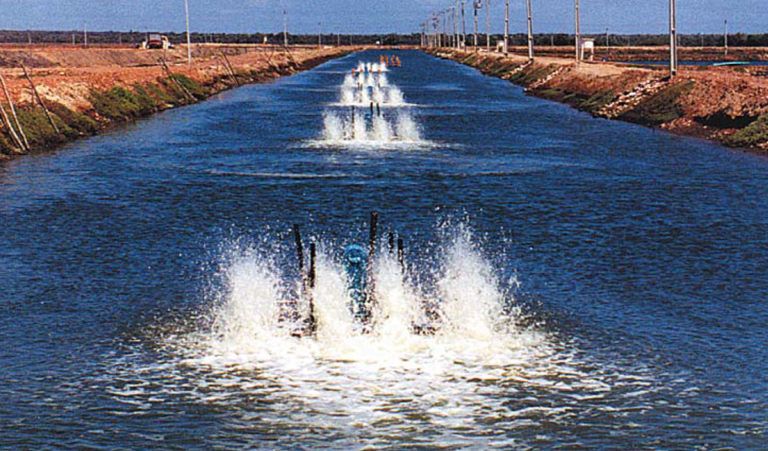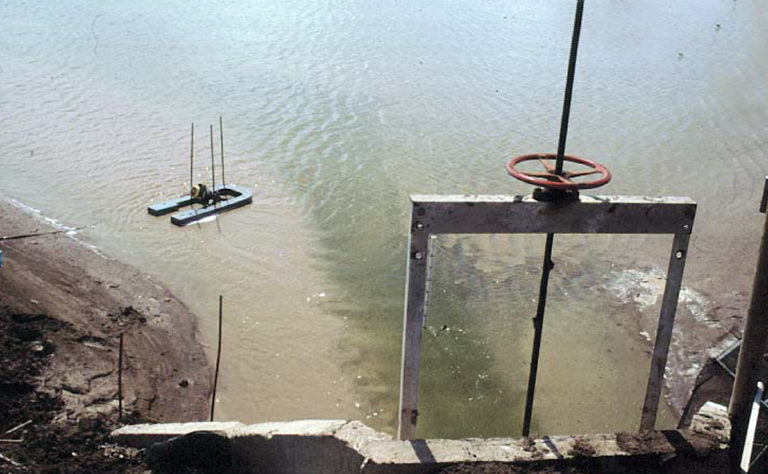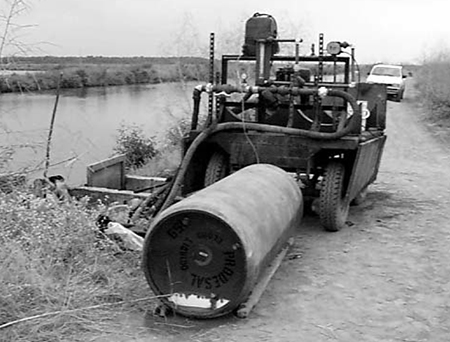
Responsibility
Effluent composition and water quality standards
GAA's Responsible Aquaculture Program requires shrimp farmers to install certain practices, keep records on activities and satisfy effluent water quality standards.
Responsibility
The history of how aquaculture's connection to the National Pollution Discharge Elimination System of the Clean Water Act is an interesting topic.

Responsibility
GAA's Responsible Aquaculture Program requires shrimp farmers to install certain practices, keep records on activities and satisfy effluent water quality standards.

Responsibility
Natural waters have a very complex chemical composition and may contain almost any substance found in the atmosphere, in the Earth’s crust, or in living organisms.

Responsibility
Settling basins seem to be the only practical means of treating effluents released during harvest at small or large shrimp farms.

Health & Welfare
Shrimp farmers in Asia and the Americas have used chemical and biological agents to control White Spot Syndrome Virus (WSSV) disease.

Responsibility
Because aquaculture is a water-intensive endeavor, conservationists have begun to inquire about the possibility of excessive water use in aquaculture.

Responsibility
There have been few efforts to objectively assess the environmental and socioeconomic status of shrimp farming until recently.

Responsibility
A major environmental consideration in shrimp farming is the negative impacts of pond effluents on coastal water quality.

Responsibility
Nitrogen and phosphorus are contained in aquaculture pond effluents, and these two nutrients can cause eutrophication of natural waters.

Responsibility
In Prof. Boyd's first-ever article for the Advocate, he discusses how important environmental codes of practice are to aquaculture.